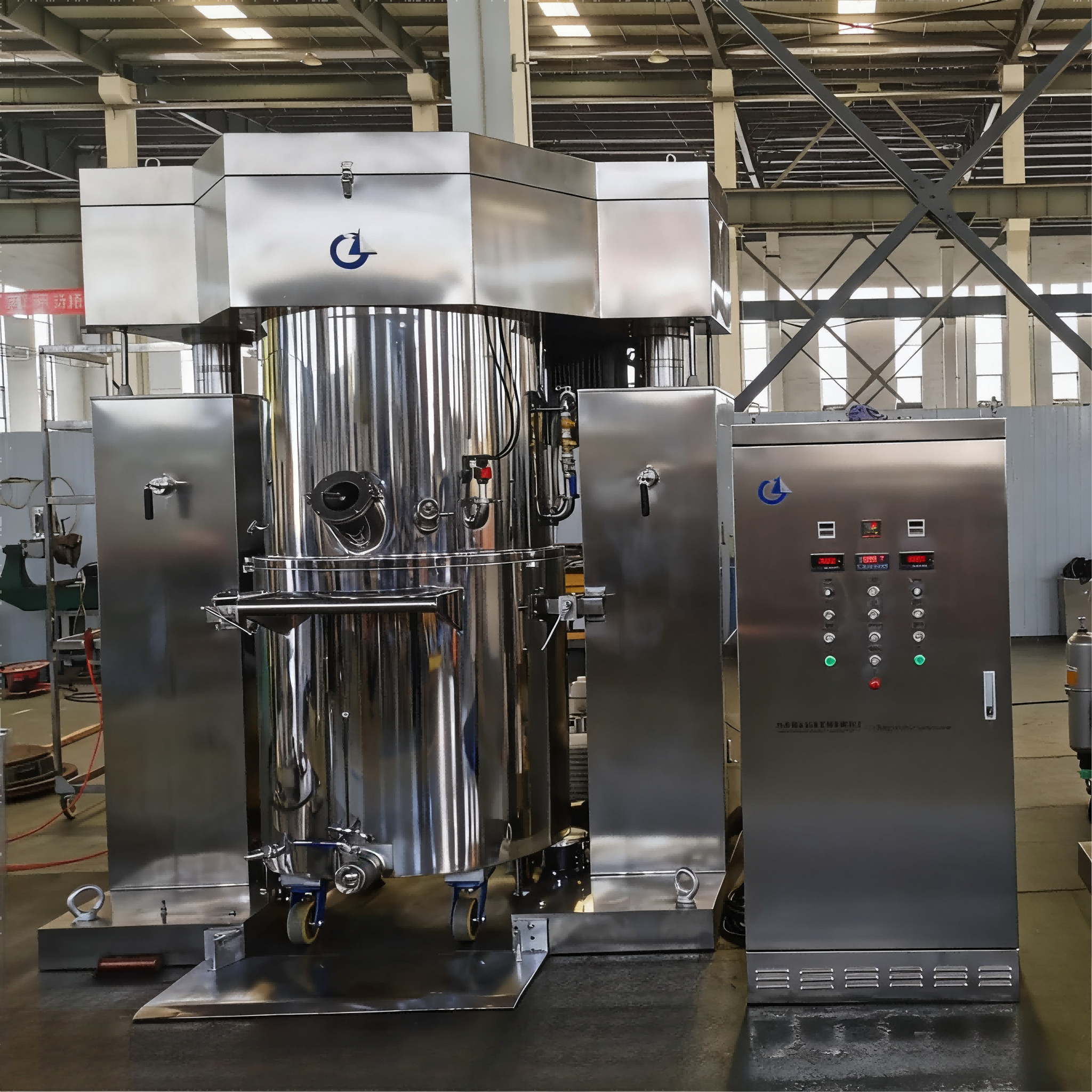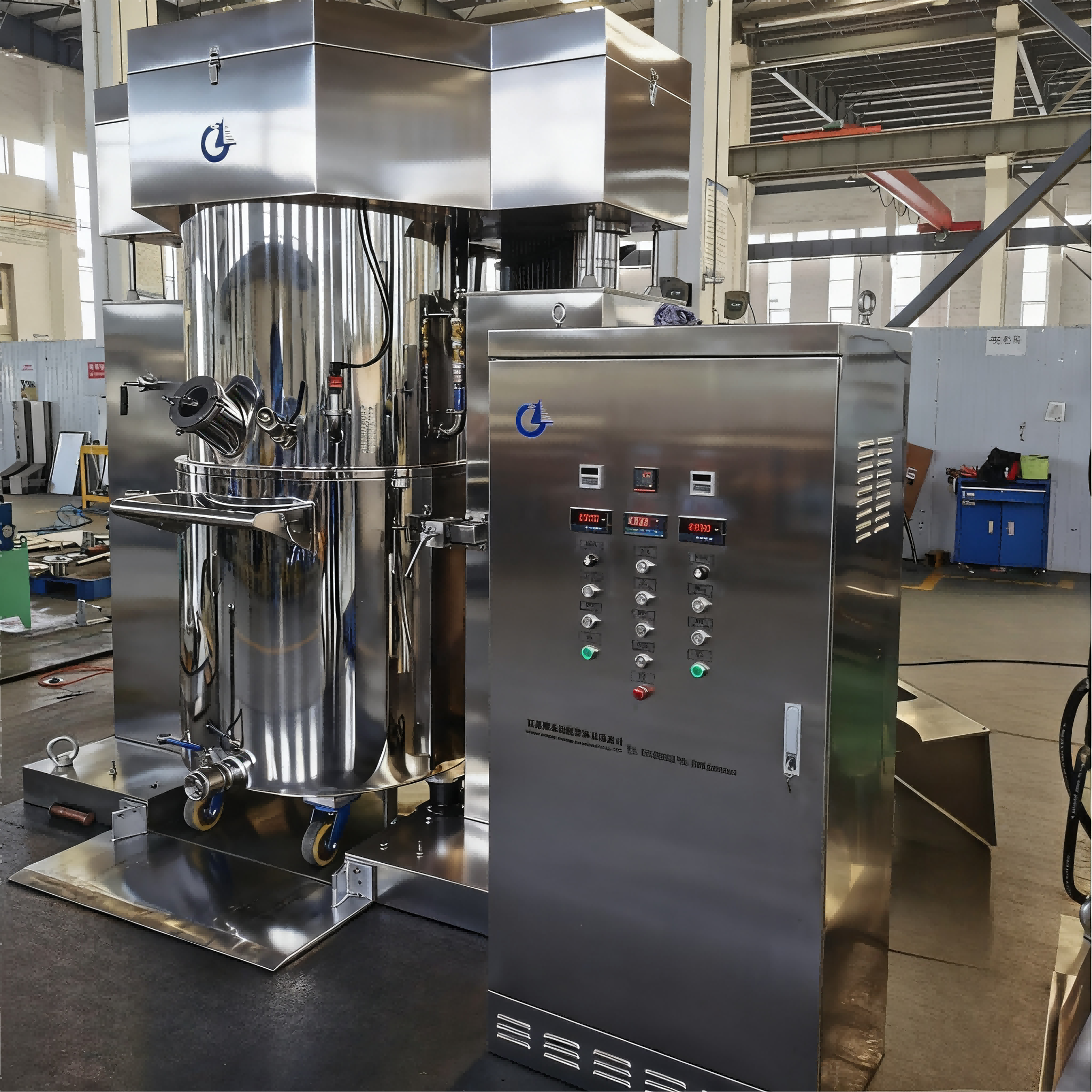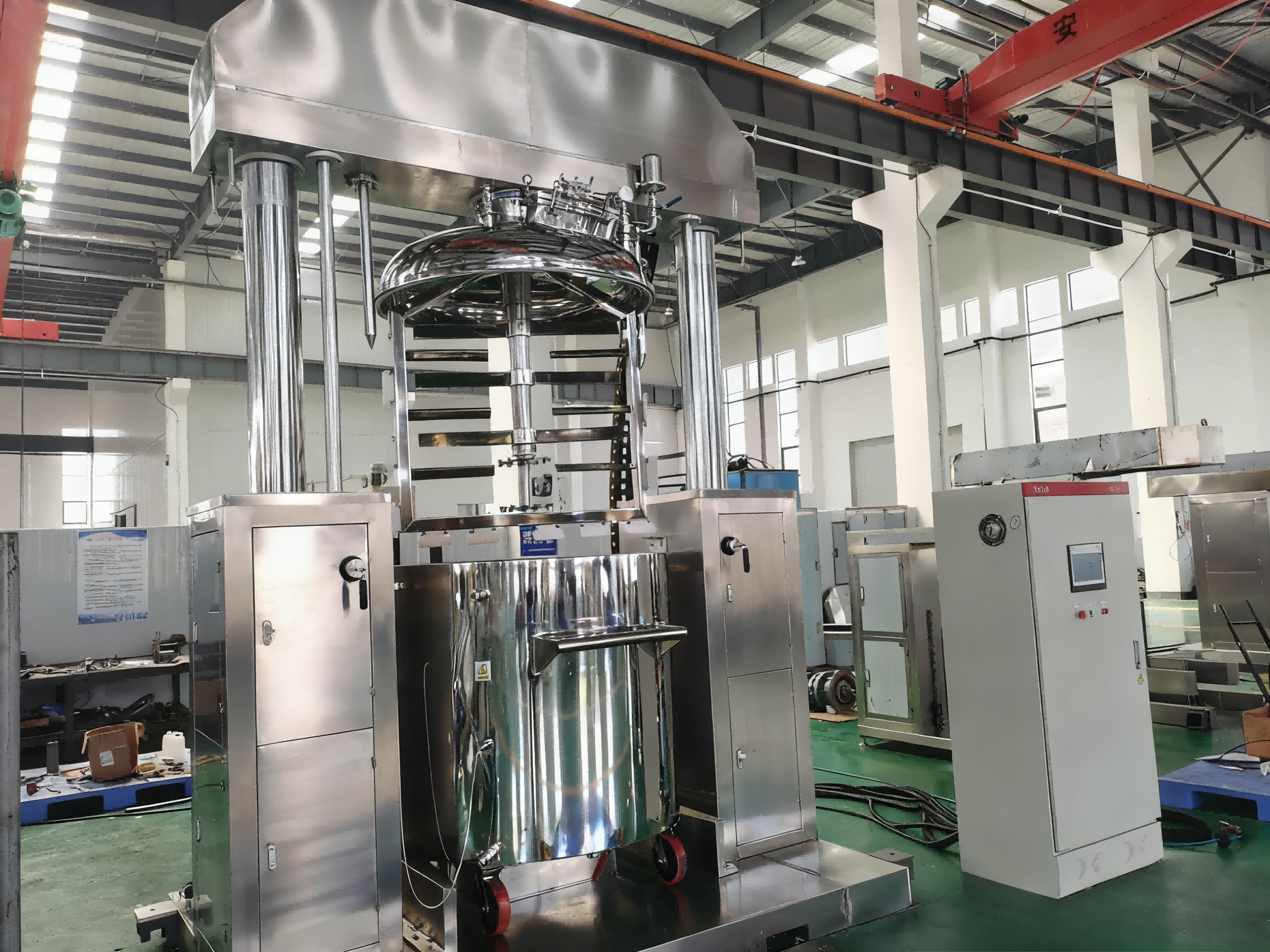Step-by-Step Working Process of Double Planetary Mixer
Step-by-Step Working Process of Double Planetary Mixer
Double planetary mixers, leveraging the combined mixing mechanism of "revolution + rotation", can efficiently achieve homogeneous mixing of high-viscosity and high-solid-content materials, and are widely used in high-end manufacturing fields such as adhesives, composite materials, and sealants. Their working process must strictly comply with equipment characteristics and process requirements, following the standardized operation of four phases: "preparation - feeding - mixing - discharging and cleaning" to ensure product quality and equipment service life.
1.Pre-Operation Preparation and Equipment Inspection
The preparation phase is the foundation for safe operation, requiring triple confirmation of "equipment - materials - environment". For equipment inspection, focus on checking the integrity of the mixing bowl inner wall, dual mixing paddles (usually a combination of paddle type and dispersing disc), and mechanical seals to ensure no scratches, deformation, or leakage traces. Activate the hydraulic lifting system to test whether the mixing frame lifts and lowers smoothly, and verify that functions such as speed adjustment, temperature display, and emergency shutdown on the control panel are normal. For material preparation, accurately weigh solid and liquid raw materials according to the formula; pre-disperse easily agglomerated solid materials (such as powder fillers) and pre-adjust materials requiring temperature control to the process-specified temperature. For the environment, clean the operation area to ensure good ventilation; if flammable and explosive materials are involved, check whether electrostatic protection facilities are in place.
2. Accurate Feeding and Parameter Setting
Feeding sequence and parameter configuration directly affect mixing efficiency. Follow the principle of "liquids first, solids later; thin first, thick later": first inject low-viscosity liquid raw materials into the mixing bowl through the feeding port, and start low-speed revolution (usually 5-15 rpm) to form a vortex. Then add solid raw materials in batches to avoid accumulation and agglomeration; if a side-entry disperser is equipped, it can be turned on simultaneously for auxiliary dispersion. After feeding, close the bowl cover and fasten the safety lock, then set core parameters through the control panel: adjust the revolution speed (20-60 rpm) and rotation speed (50-150 rpm) of the mixing paddles according to material viscosity—reduce the speed for high-viscosity materials to prevent equipment overload. Set the mixing time (15-90 minutes); if temperature control is required, adjust the jacket water or oil temperature to the process range (room temperature to 300°C); for the vacuum system, preset the vacuum degree to above -0.095 MPa (for materials requiring defoaming).
3. Core Mixing and Process Monitoring
During the core mixing phase, the double planetary mixer's unique agitator design, featuring counter-rotating blades and a planetary motion, ensures thorough and homogeneous mixing of materials. The agitators rotate on their own axes while orbiting the mixer bowl, creating a complex flow pattern that eliminates dead zones and ensures every particle is uniformly blended. As the mixing progresses, temperature, viscosity, and other critical parameters are continuously monitored using integrated sensors. These real-time data are displayed on the control panel, allowing operators to adjust mixing speed, time, and temperature as needed to achieve the desired material consistency. In case of any deviations from the preset parameters, the system can trigger automatic alarms or initiate corrective actions, ensuring consistent quality output and process safety.
4. Discharging, Cleaning and Equipment Maintenance
Standardized completion is crucial for ensuring continuous equipment operation. After the mixing program ends, first turn off the mixing device, raise it to a safe height, then open the discharge valve. For high-viscosity materials, activate the bowl tilting mechanism (usually with a tilting angle ≤90°) and use a dedicated scraper to assist in discharging, reducing bowl wall residue. For cleaning, select a compatible solvent based on material properties (e.g., acetone for epoxy resin, white spirit for silicone), rinse the bowl interior and mixing paddles with a spray device, and clean stubborn residues with a soft brush—never use hard objects to scrape the polished bowl surface. After cleaning, check for leakage of mechanical seals, apply food-grade grease to maintain moving parts, turn off the main power and medium valves, and fill out the equipment operation record, marking the next maintenance time.Strictly following the above process not only gives full play to the mixing advantages of the double planetary mixer and ensures batch stability of products but also extends the equipment service life, providing reliable support for precision production in high-end manufacturing.
-
PrevNone
-
NextWorking Process of Double Planetary Mixer
News
- Latest News
- Solutions
- FAQ
Recommend Products
-
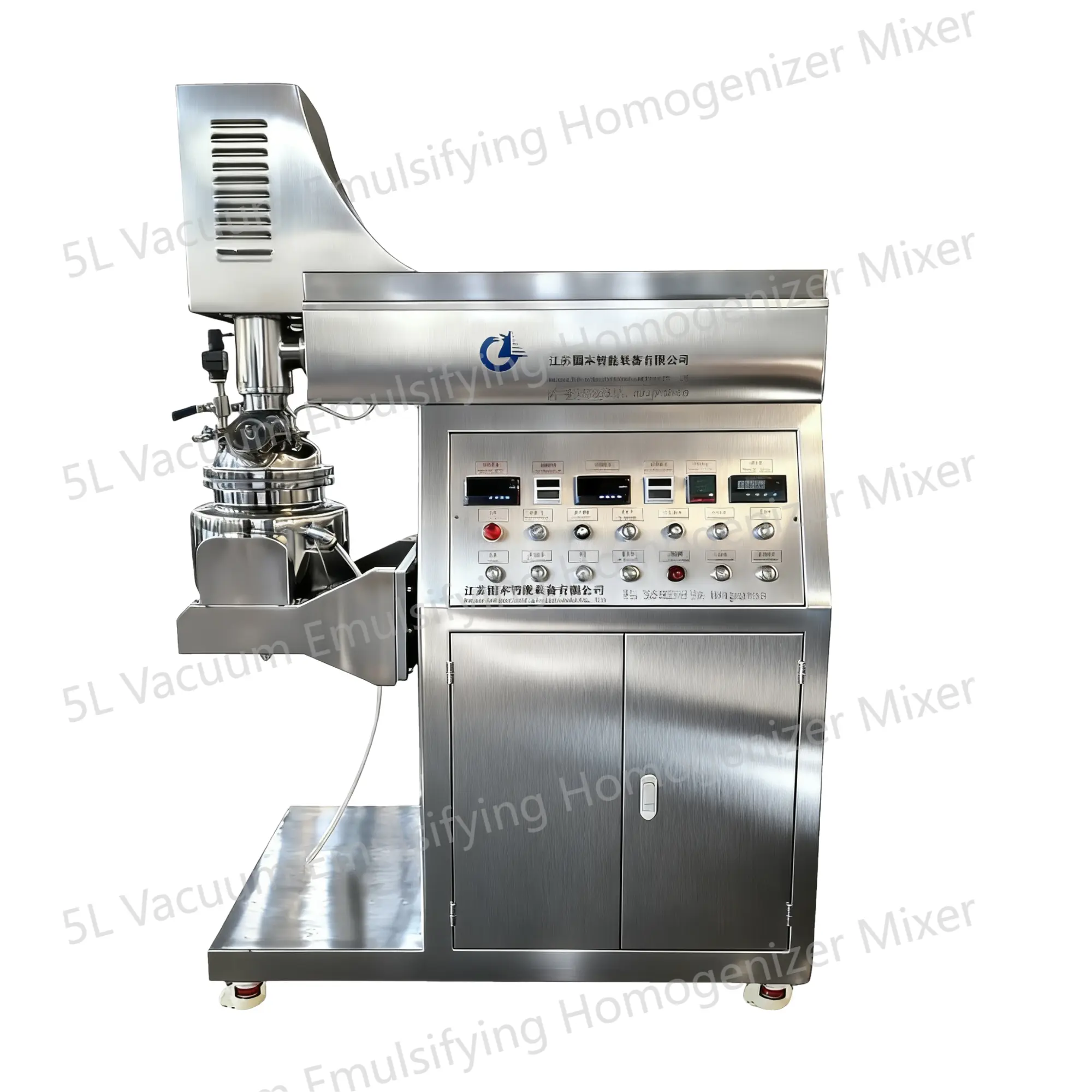 5L Vacuum Emulsifying Homogenizer Mixer
5L Vacuum Emulsifying Homogenizer MixerThe 5L vacuum emulsifying mixer is a device designed for emulsifying and mixing various substances in a vacuum environment. This equipment is equipped with a mixing tank with a capacity of 5 liters and is widely applied in industries such as food, pharmaceuticals, cosmetics, and pesticides.
-
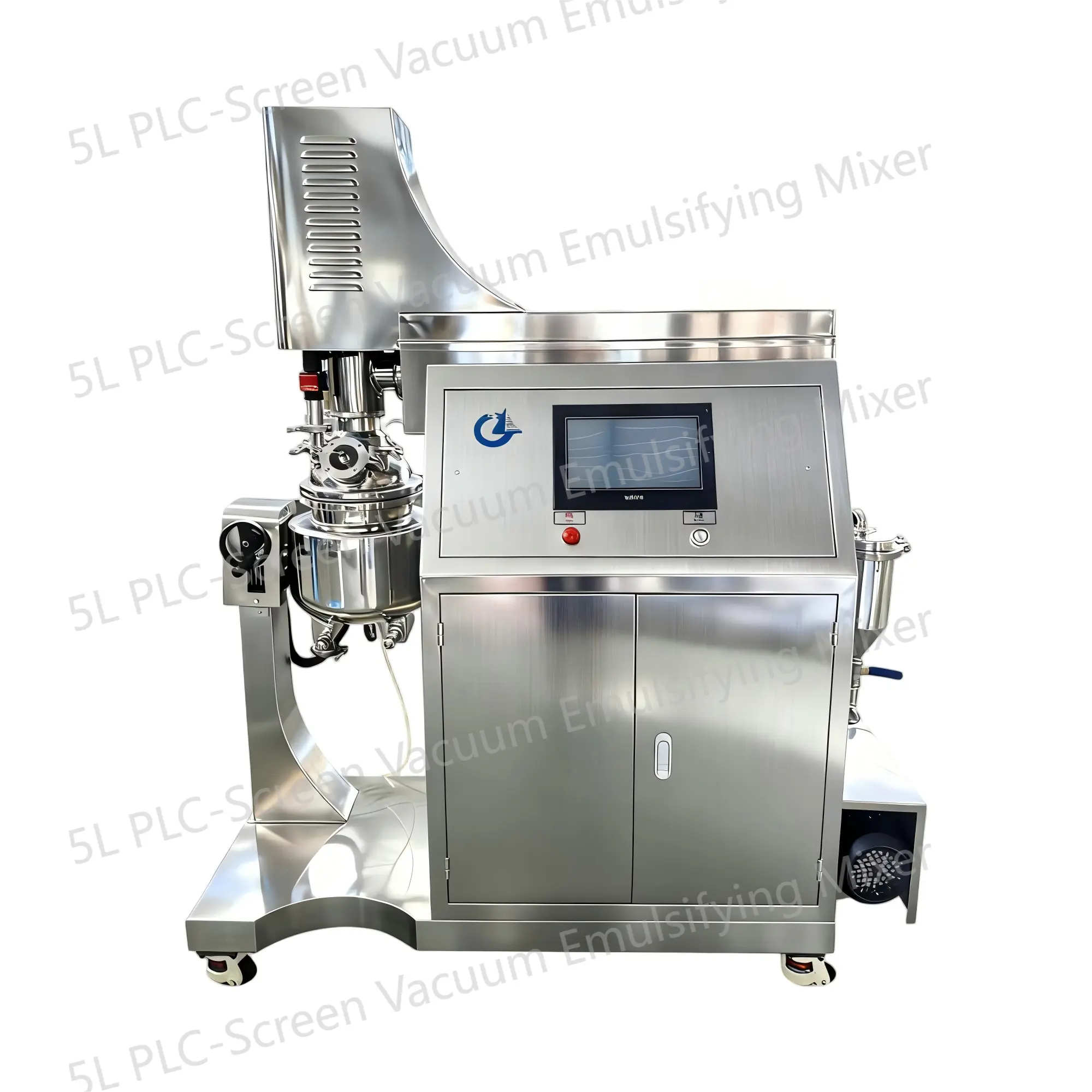 5L PLC-Screen Vacuum Emulsifying Mixer
5L PLC-Screen Vacuum Emulsifying MixerThe 5L PLC-Screen Vacuum Emulsifying Mixer is a device designed for emulsifying and mixing various substances in a vacuum environment. This equipment is equipped with a mixing tank with a capacity of 5 liters and is widely applied in industries such as food, pharmaceuticals, cosmetics, and pesticides.
-
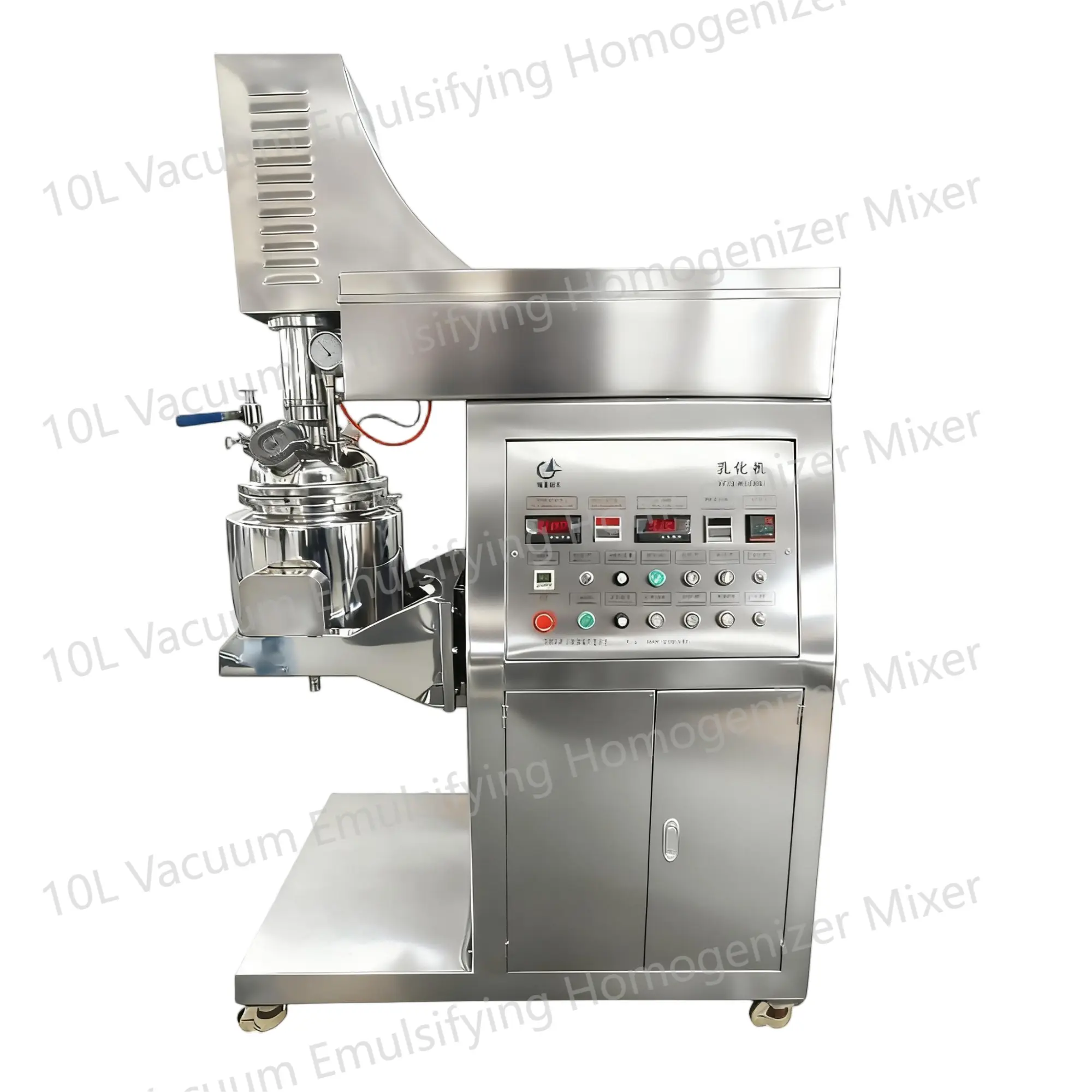 10L Vacuum Emulsifying Homogenizer Mixer
10L Vacuum Emulsifying Homogenizer MixerThe 10L Vacuum Emulsifying Mixer is a device used for emulsifying and mixing various substances in a vacuum environment. It is commonly used in industries such as food, cosmetics, and pharmaceuticals.


 English
English Russian
Russian French
French Spanish
Spanish Portuguese
Portuguese Korean
Korean Japanese
Japanese Thai
Thai